As I said in last weeks blog, this week we spent in the morgue. That said, there is a lot going on after the body gets there. If the body is just bones, which is what our victim is, the first thing to do is to clean them, then after to arrange them anatomically correct order (photo below). What happens next, I had no idea that it was done. Of course they have to check for injuries, and classify them as antemortem (before death), perimortem (at time of death), or postmortem (after death), but I didn't know that they had to draw their findings. I thought they took a photo and then made notes after. Just like last week we had a hands on while looking at the fractures and recording notes on what we saw (photo below).
Speaking of the mortem stages, there are ways to tell when a bone was broken. With the first one, antemortem, the way to tell is pretty obvious. When a bone is broken in life it take on a callus; in other words it heals itself. But when it is a major break, it has to be set (fit into place where the fracture happened), because if it is not the bone will not heal correctly (photo below; is a tibia). Now when a bone is broken perimortem, I was excited to find out how they can know if a bone was broken peri or postmortem because those two are very close to each other in the time line. What differentiates them is simply that perimortem is live bone. When a bone that is living is broken, it bends. With the bending, it leaves breakaway spurs (photo below). The breakaway spur also shows where the cut ended (think of when you cut wood).
That said, our body was dismembered. The bones that had damage were both humerus, both femurs, and one rib. All the long bones (humeri and femora) were cut close to the proximal (closer to the point of attachment of a limb to the body), but the rib was nicked in the superiour section. What makes this very interesting is the perpetrator used two weapons. On the long bones a saw was used. How we know that is because of the kerf walls on which striations of the weapon are left. There are also hesitation marks on the left femur. Now for the rib there is a “V” shaped cut, which means they used a knife for this one. These fractures were caused by sharp force trauma.
There are three types of trauma; blunt force, sharp force, and projectile or ballistic trauma. Blunt force trauma is when something blunt, like a bat, makes impact with the bone; this one are usually not fatal. Now for the sharp force, this one, as with our case, can be fatal. For this type of trauma, I did not know there were categories within this one, three to be exact. The first are incised wounds. These are caused by an object with sharp boarders, like knife. The second are stab wounds. These also are incised wounds, but the difference lies in that there is more depth and penetration, and it does not always have to be a knife to make this sort of wound. The last are called chop wounds. These are made by axes, swords, and the type. These can cause extensive bone damage, like what happened to the humeri and femora. Lastly we have the ballistic trauma. From the name you can infer that it has to do with bullets. For this type of trauma, the wound can leave not much to the imagination because of the way the bullet went in and came out, which will reveal the trajectory.
Next week we are introduced to the principles and practice of biological identification as the identity of the victim is slowly revealed. So that is exciting!
Please feel free to comment on what you thought of the blog, or other physical anthropological subjects you would like me to cover after the weeks are done (three left).
There are three types of trauma; blunt force, sharp force, and projectile or ballistic trauma. Blunt force trauma is when something blunt, like a bat, makes impact with the bone; this one are usually not fatal. Now for the sharp force, this one, as with our case, can be fatal. For this type of trauma, I did not know there were categories within this one, three to be exact. The first are incised wounds. These are caused by an object with sharp boarders, like knife. The second are stab wounds. These also are incised wounds, but the difference lies in that there is more depth and penetration, and it does not always have to be a knife to make this sort of wound. The last are called chop wounds. These are made by axes, swords, and the type. These can cause extensive bone damage, like what happened to the humeri and femora. Lastly we have the ballistic trauma. From the name you can infer that it has to do with bullets. For this type of trauma, the wound can leave not much to the imagination because of the way the bullet went in and came out, which will reveal the trajectory.
Next week we are introduced to the principles and practice of biological identification as the identity of the victim is slowly revealed. So that is exciting!
Please feel free to comment on what you thought of the blog, or other physical anthropological subjects you would like me to cover after the weeks are done (three left).



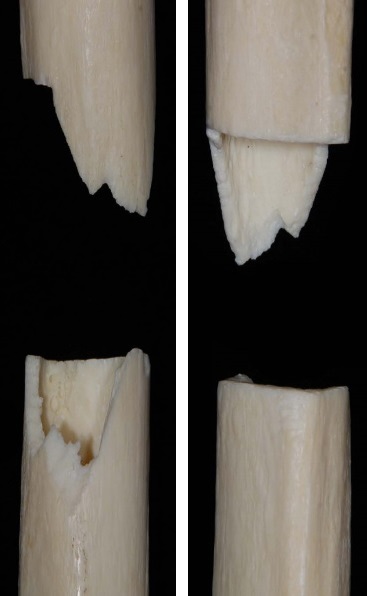

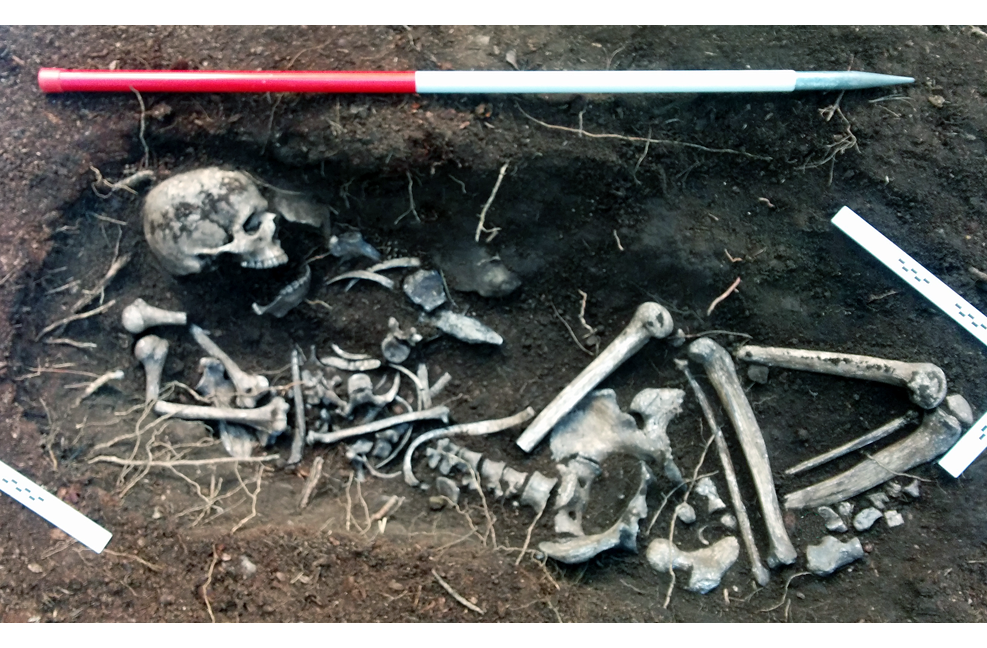

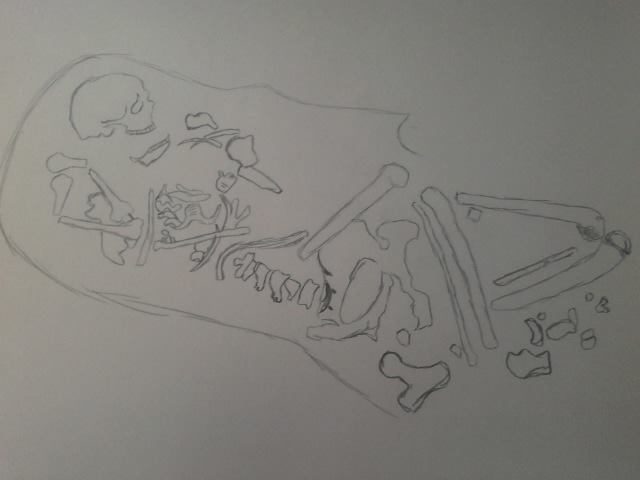


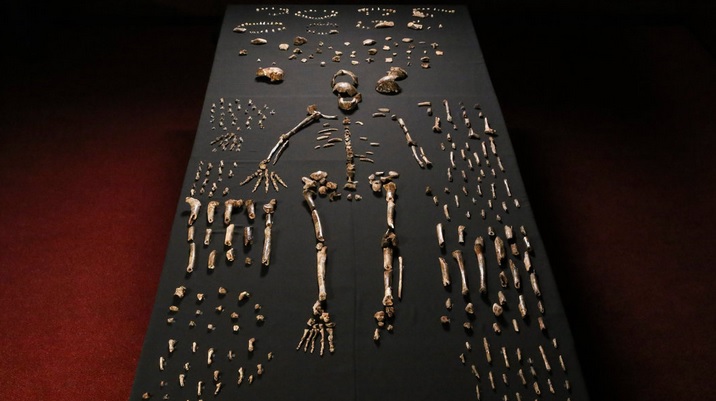
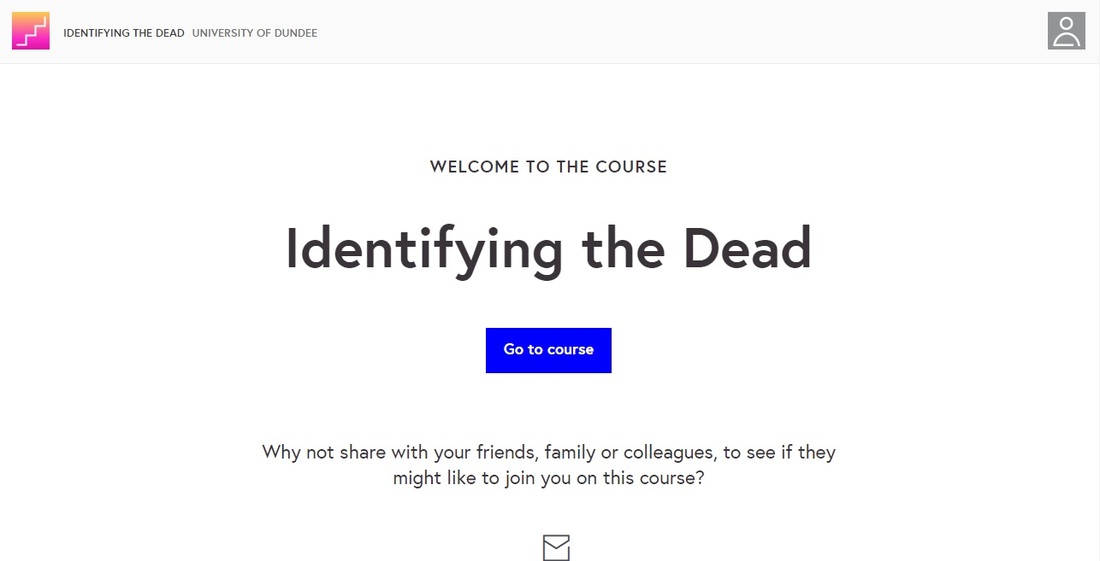



 RSS Feed
RSS Feed
